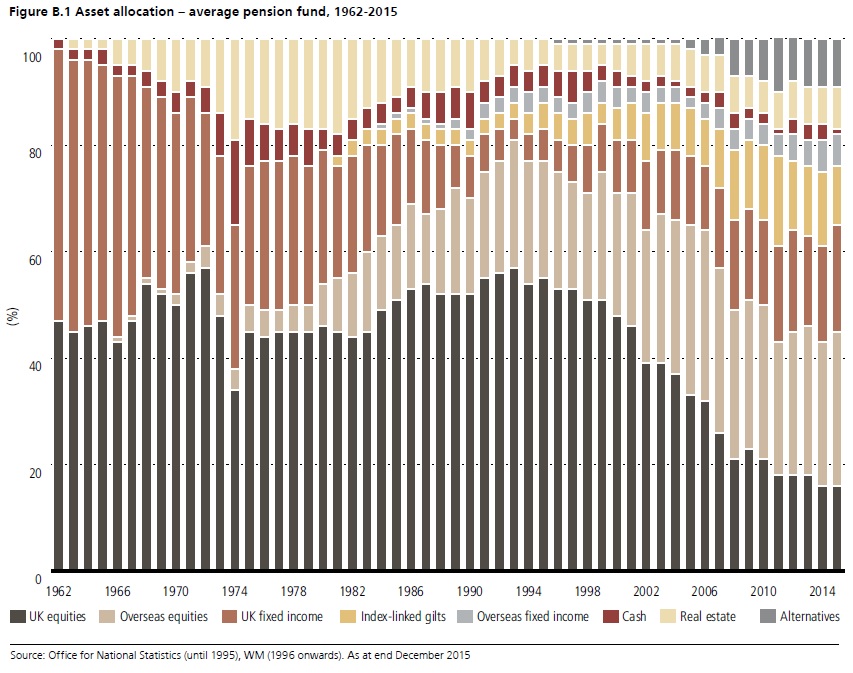From the blog: Traditionally, for pension funds to provide a secure income in retirement, investments were viewed through an asset class lens.
Fixed income delivered the safe income, while equity exposure provided the growth engine within the portfolio, and over time we saw the addition of alternative assets classes such as property, infrastructure and hedge funds as they developed.

That was in a world where markets were rising and pension fund trustees were looking for the ‘sleep easy’ factor – they wanted some growth but didn’t want to take too much risk. But then the financial crisis struck.
In 2008 pension funds realised their portfolios were not as diversified and uncorrelated as they thought, because of this asset class view to their investments.
Since then, pension fund trustees have come to realise they need to look at the underlying economic risks to gain a better understanding of the asset allocation mix that they have within portfolios, hence the move towards multi-asset and risk factor strategies.
Now, as defined benefit schemes move from cash flow positive to cash flow negative, it will be vital for trustees to maintain a focus on portfolio construction and the different roles they need their investments to play.
Increasingly, conversations with pension schemes focus on the needs and outcomes they are seeking to address and how their underlying investments can do this.
To give a rather simple example, income is needed to pay out the liabilities of pensioners who are in retirement, growth is required for current members and there is a need for some form of capital underpin as pension funds find themselves in an underfunded position.
As we move from DB to defined contribution, the onus is on individuals to save for their own retirement; these growth, income and capital preservation buckets also provide a simplistic framework for savers looking for growth in the accumulation phase, capital preservation in the growth phase and an income in retirement.
Pension funds are already taking steps forwards in the way they are dealing with some of the big challenges they are facing in a changing macro, political and regulatory environment. But as an industry, we need to do more to help address the savings crisis the UK is facing. Rethinking portfolio construction is a good place to start.
Jill Barber is head of institutional at Franklin Templeton Investments






















